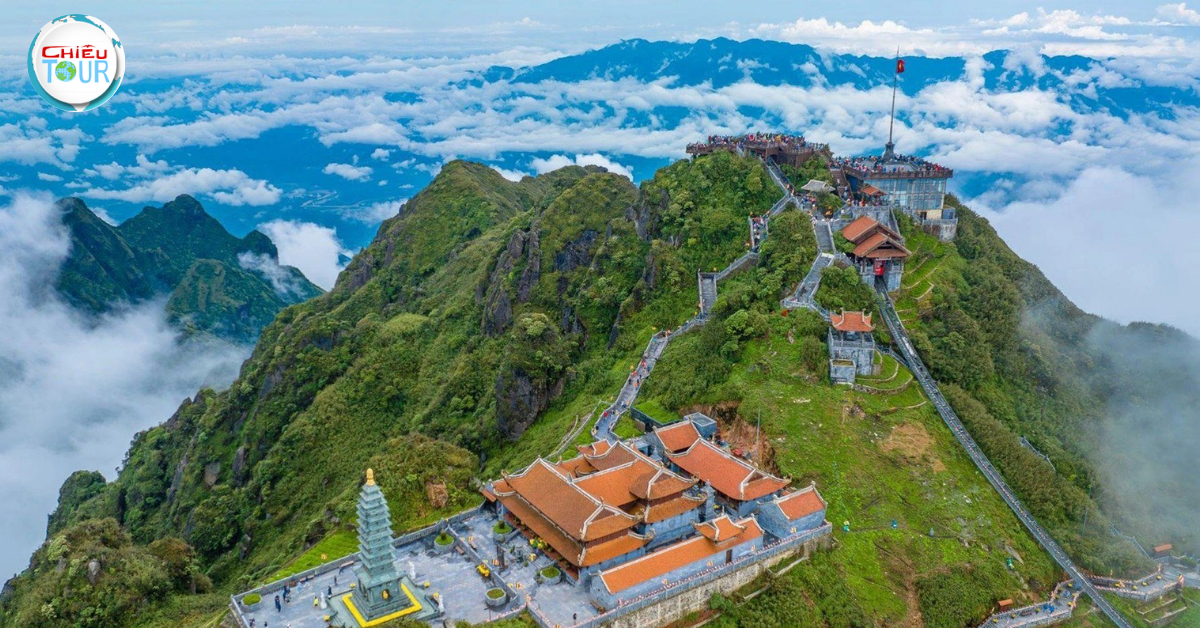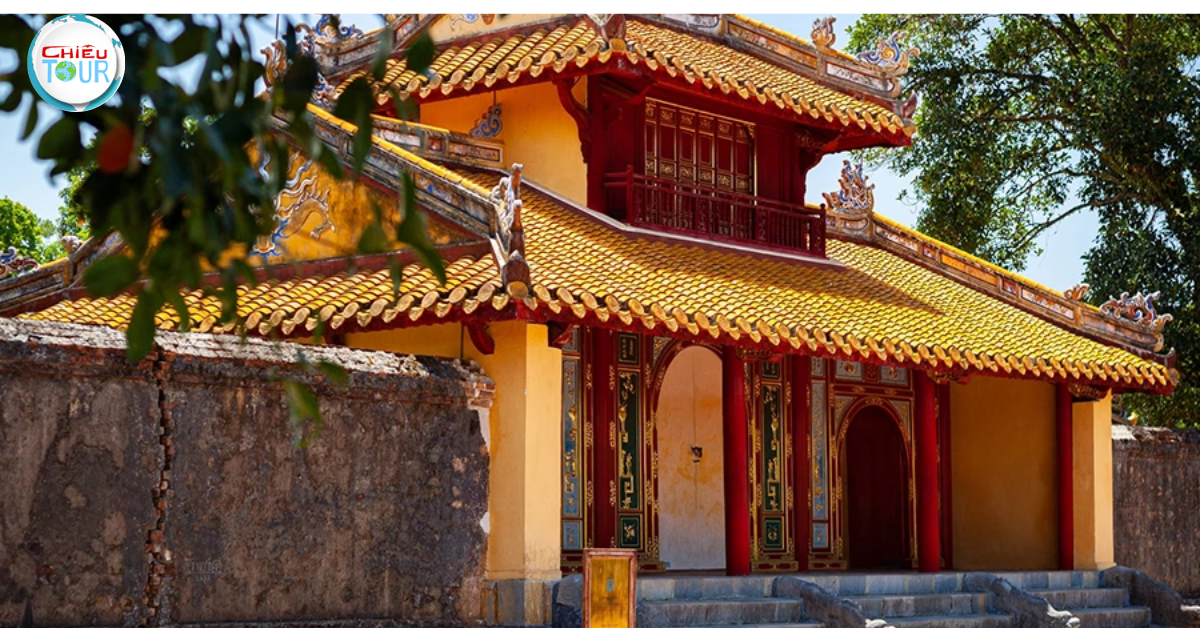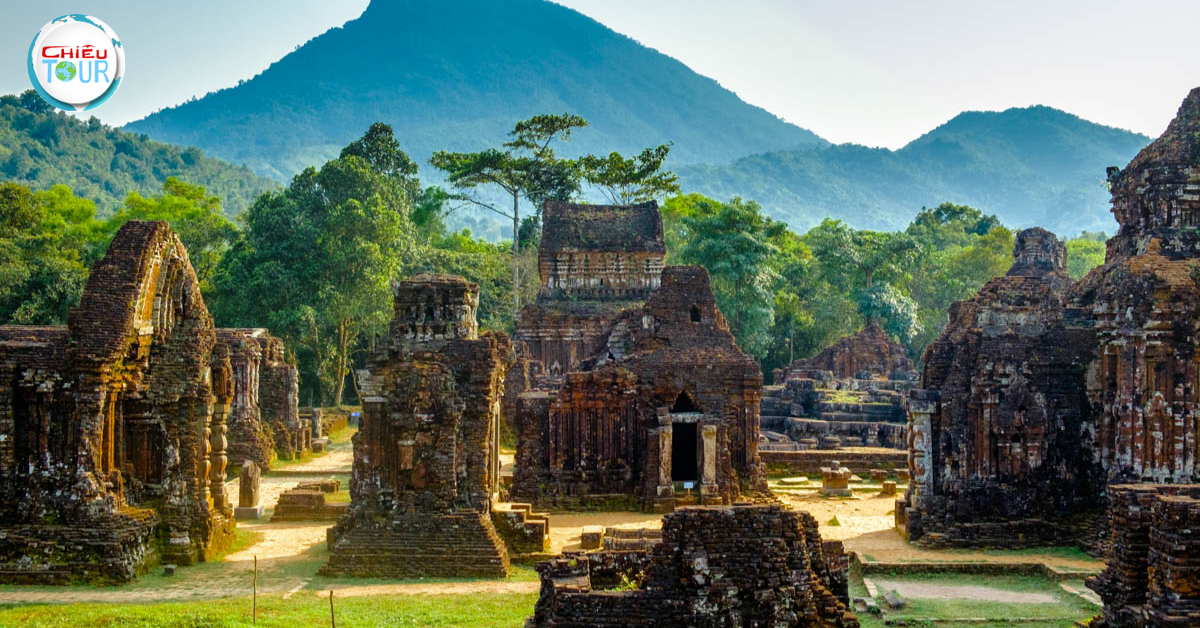Fansipan Mountain
- Author: Admin
- | Hot destination
Fansipan Mountain
The allure of Fansipan Mountain extends far beyond its towering height; it is a place where nature and culture intertwine to create a tapestry of experiences that resonate deeply with visitors. The mountain is surrounded by lush green forests, diverse wildlife, and vibrant local cultures, making it a hotspot for ecotourism and adventure sports. Hiking up Fansipan offers not just a physical challenge, but also a profound journey into the heart of nature and the traditions of the indigenous people who inhabit this region.
The journey to the summit can be a transformative experience, offering breathtaking views of terraced rice paddies, cascading waterfalls, and the winding paths carved through ancient forests. Additionally, the mountain holds spiritual significance, housing numerous temples and shrines that speak to the religious beliefs of the local communities. Let us delve deeper into the wonders of Fansipan Mountain, exploring its geographical features, cultural importance, trekking experiences, and the ecological diversity that flourishes in this remarkable landscape.

The Geographical Marvel of Fansipan Mountain
Fansipan Mountain is not merely a peak; it is a fascinating blend of geological formations, climatic variations, and stunning vistas that contribute to its uniqueness. Understanding its geographical context helps appreciate the intricate beauty and challenges presented by this spectacular mountain.
The Formation and Landscape
Fansipan Mountain is part of the Hoàng Liên Son mountain range, which stretches across northern Vietnam. Its rugged terrain consists of steep slopes, rocky outcrops, and dense forests, all shaped by millennia of geological activity. The mountain's formation is attributed to tectonic movements and erosion processes that have crafted its striking silhouette.
As you ascend Fansipan, you will encounter a mosaic of ecosystems, ranging from subtropical forests at lower altitudes to alpine flora near the summit. These ecosystems house a plethora of plant and animal species, many of which are endemic to the region. The rich biodiversity adds to the mountain's charm, creating a harmonious blend of natural beauty and ecological significance.
Climate and Weather Patterns
The climate around Fansipan Mountain varies significantly depending on the altitude, which directly influences the flora and fauna found within its ecosystem. At lower elevations, the weather is typically warm and humid, while higher altitudes experience cooler temperatures and more frequent rainfall.
The best time to visit Fansipan is during the dry season, which generally falls between October and April. During this period, hikers can enjoy clear skies and mild weather, making it ideal for trekking. However, the mountain's weather can be unpredictable, with sudden changes in temperature and unexpected rain showers, adding an element of adventure to any expedition.
Scenic Views and Natural Wonders
One of the most compelling reasons to trek Fansipan Mountain is the breathtaking panoramic views offered at various points along the trail. From high vantage points, one can witness the sprawling valleys below, dotted with traditional villages, terraced rice fields, and winding rivers. The sight of the sun rising over the horizon, casting a golden hue across the landscape, is nothing short of magical.
Additionally, the flora along the hiking trails showcases an ever-changing spectrum of colors and textures. From vibrant orchids to thick bamboo groves, each step reveals a new aspect of nature's artistry. The diverse landscapes found on Fansipan serve as a testament to the intricate relationship between geology and ecology, demonstrating the majesty of the natural world.
Cultural Significance of Fansipan Mountain
Beyond its natural beauty, Fansipan Mountain holds deep cultural significance for the local ethnic groups, particularly the H'mong and Dao people. Their traditions, beliefs, and way of life are intimately connected to the landscape, making it a vital part of their identity.

Traditions and Beliefs
For many locals, Fansipan is not just a mountain – it is a sacred site imbued with spiritual meaning. It is believed to be the dwelling place of deities and ancestors, which has led to the construction of several temples and shrines scattered throughout the area. Pilgrimages to the summit are common among the local population, especially during significant festivals when offerings are made to seek blessings and protection.
The legends surrounding Fansipan add to its mystique. Stories of mythical creatures and ancient warriors are passed down through generations, enriching the cultural narrative associated with the mountain. These tales often reflect the values and beliefs of the local communities, illustrating their profound connection to the land.
Festivals and Celebrations
Festivals play a crucial role in the cultural life of the communities surrounding Fansipan. One of the most celebrated events is the Lunar New Year (Tết), when families gather to honor their ancestors and seek prosperity in the coming year. Traditional performances, food offerings, and rituals take place in the shadow of the mountain, reinforcing its status as a cultural epicenter.
In addition to Tết, there are other regional festivals that incorporate elements of nature and spirituality. These celebrations often feature vibrant costumes, traditional music, and dance, providing visitors with a glimpse into the rich cultural heritage of the local tribes. Engaging in these festivities can deepen one's understanding of the area's history and foster a sense of connection with the local community.
Local Cuisine and Culinary Delights
Exploring the culinary landscape around Fansipan is as much a part of the experience as trekking. The region boasts a variety of traditional dishes, often prepared using age-old recipes passed down through generations. Ingredients are sourced locally, ensuring freshness and authenticity.Some popular dishes include "xôi" (sticky rice), "thắng cố" (a traditional soup made with horse meat), and various herbal teas known for their health benefits. Dining at local eateries provides an opportunity to immerse oneself in the culture, engage with friendly locals, and savor the flavors that define the region.
Trekking Experiences on Fansipan Mountain
Embarking on a trek up Fansipan Mountain is an adventure unlike any other. Whether you are an experienced hiker or a novice explorer, the mountain offers a range of trekking routes that cater to different skill levels and preferences.

Trail Options and Difficulty Levels
There are multiple trails leading to the summit of Fansipan, each offering a unique experience. The most popular route is the Tram Ton Pass, which is accessible and well-marked, making it suitable for beginners. This trail features gradual inclines and scenic viewpoints, allowing trekkers to absorb the beauty of their surroundings without excessive strain.
For those seeking a challenge, the Sin Chai path presents a steeper ascent with rugged terrain. This route demands physical endurance and a sense of adventure, rewarding intrepid explorers with breathtaking vistas and an authentic connection to nature. Along the way, hikers may encounter local wildlife and witness the effects of climate on the vegetation, enhancing the overall trekking experience.
Guided Tours vs. Independent Trekking
While some adventurers prefer to embark on independent treks, guided tours offer valuable insights into the geography, culture, and ecology of Fansipan Mountain. Experienced guides can enrich the journey by sharing stories, identifying flora and fauna, and ensuring safety throughout the expedition.
Many guided tours also include opportunities to interact with local communities, providing a deeper understanding of their lifestyles and customs. This immersive experience can make the trek more meaningful, fostering connections with both nature and the people who call this region home.
Preparing for the Trek
Preparation is key when planning a trek to Fansipan Mountain. Proper gear, including sturdy hiking boots, layered clothing, and sufficient water, is essential for a comfortable and safe journey. It is also advisable to research the weather conditions and choose appropriate times for trekking.
Physical conditioning prior to the hike can enhance stamina and enjoyment, given the varying difficulty levels of the trails. Embracing the spirit of adventure and approaching the trek with an open mind will undoubtedly lead to unforgettable experiences and cherished memories.
Ecological Importance of Fansipan Mountain
Fansipan Mountain is not only a haven for trekkers; it is also a critical ecosystem teeming with biodiversity. The varied altitudes and microclimates have created a unique habitat that supports numerous species, underscoring the mountain's ecological significance.

Flora and Fauna Diversity
The ecological richness of Fansipan is evident in the diverse plant and animal species found throughout its slopes. The lower elevations are characterized by subtropical forests, where towering trees, ferns, and colorful wildflowers thrive. As one ascends, the vegetation shifts, revealing alpine meadows and hardy plants that have adapted to the harsher conditions of higher altitudes.
Birdwatching enthusiasts will delight in the chance to observe various endemic bird species, some of which are considered rare or endangered. Additionally, Fansipan is home to several mammals, reptiles, and insects, contributing to the intricate web of life that exists within this mountainous environment.
Conservation Efforts and Challenges
Despite its ecological wealth, Fansipan Mountain faces threats from human activities such as deforestation, tourism pressure, and climate change. Conservation efforts are crucial to safeguarding the delicate balance of this ecosystem and protecting its biodiversity for future generations.
Local authorities and organizations have initiated programs aimed at promoting sustainable tourism practices and raising awareness about environmental conservation. By educating visitors about responsible trekking and minimizing their ecological footprint, it is possible to preserve the natural beauty that makes Fansipan so captivating.
Community Engagement and Sustainable Tourism
Engaging local communities in conservation initiatives is essential for creating a sustainable future for Fansipan Mountain. By involving indigenous people in tourism management and promoting their traditional knowledge, a symbiotic relationship can develop where both nature and culture thrive.
Sustainable tourism practices, such as eco-lodges, local handicrafts, and guided nature tours, can provide economic opportunities for residents while preserving the integrity of the environment. Travelers are encouraged to support local businesses and participate in community-led initiatives that prioritize ecological preservation.
Conclusion
Fansipan Mountain stands as a majestic testament to Vietnam's natural beauty and cultural heritage. Whether one seeks the thrill of trekking, a deeper understanding of local customs, or simply wants to bask in the stunning landscapes, Fansipan offers countless opportunities for exploration and reflection. As the highest peak in Vietnam, it serves as a reminder of the power of nature and the importance of preserving our planet's treasures.
Visiting Fansipan is more than just a journey to the summit; it is an invitation to connect with the land, its people, and the rich tapestry of experiences that define this extraordinary region. By embracing sustainable tourism practices and respecting the local culture, we can ensure that the magic of Fansipan Mountain endures for generations to come.
 Vietnam
Vietnam 





